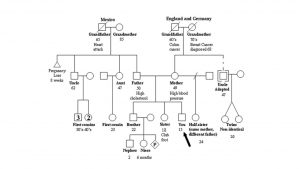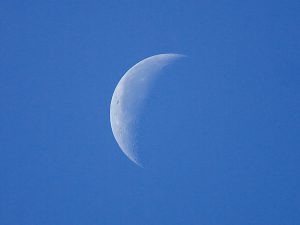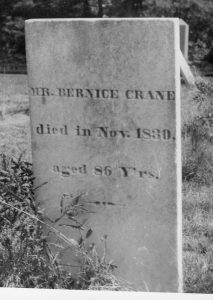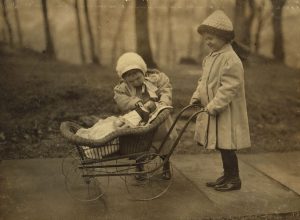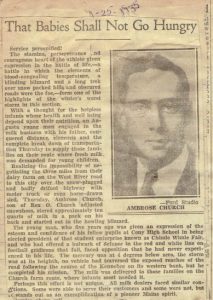 Every family has a story about its origins, particularly about how the immigrant(s) came to the New World. Often these stories can seriously stretch credibility, but we can accept them as folklore if not fact. We do not often think about tracking down the origins of the stories, themselves, or that such an exercise may be valuable to our research.
Every family has a story about its origins, particularly about how the immigrant(s) came to the New World. Often these stories can seriously stretch credibility, but we can accept them as folklore if not fact. We do not often think about tracking down the origins of the stories, themselves, or that such an exercise may be valuable to our research.
For example, how would one track down the origin of the story about how Deacon Thomas Dyer of Weymouth ended up on this side of the Atlantic? Continue reading Origin stories

